Yes, you read the title correctly! There is the President’s House in Philadelphia!
The executive site was used by both George Washington and then John Adams was in Philadelphia, Pennsylvania. Both former presidents lived and worked here. AFTER Adams, the White House became the official residence of the presidents going forward. I’ll be entirely honest, I didn’t know that until I visited the President’s House in Philadelphia this spring!
The President’s House is a relatively small, open air museum. It is free of charge and open twenty four hours a day. It’s structure is true to the frame of the home during the days when Washington lived there.
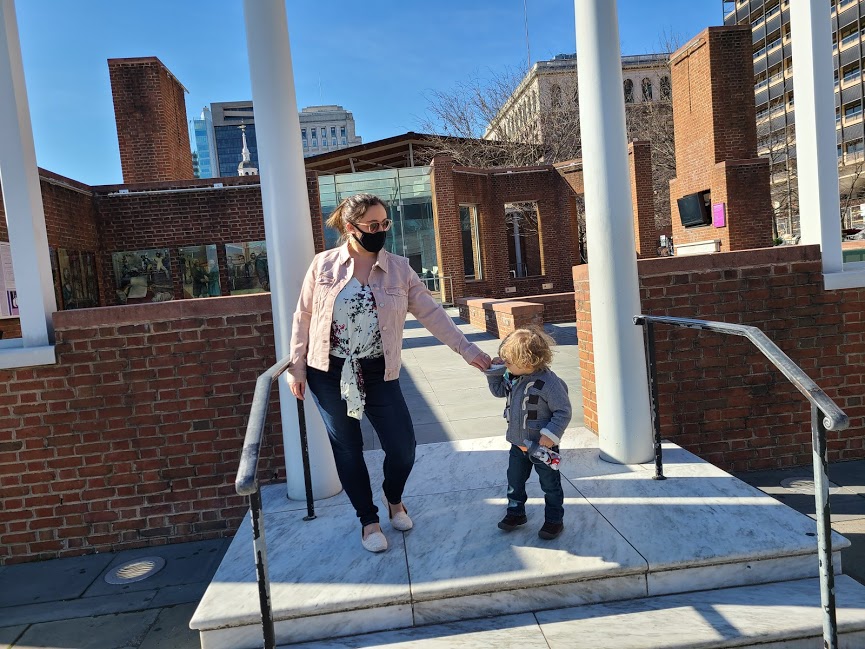
Nowhere in the country was perhaps more paradoxical than the house, especially when it was in use by Washington himself. At the same time that he was in the house, acting as first president for a new nation, one based on the principles of liberty, justice, and independence — he had brought nine enslaved Africans from Mount Vernon to serve him at his new home in Philadelphia.
While I’m not one to reduce Washington to just a slave owner, the irony of revering a man as the father of American freedom who went to some pretty great lengths to keep his slaves while living in a free state is not lost on me. Twisting the knife even deeper, Washington signed the Fugitive Slave Law while living in the President’s House in Philadelphia.
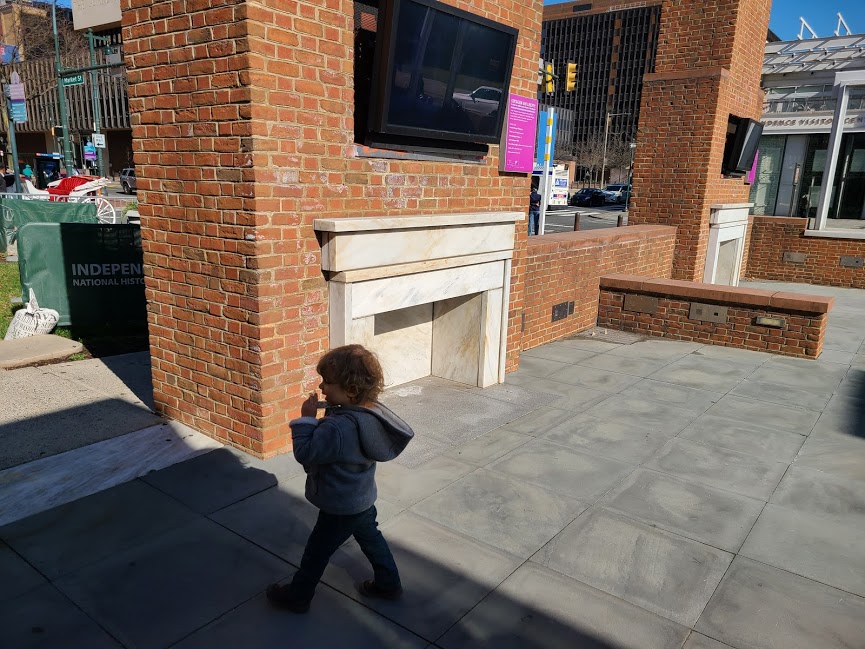
Richard Allen.
After looking around the President’s House in Philadelphia and reading the variety of plaques, I became really interested in the story of a man named Richard Allen.
There was a sign post that detailed how he delivered a eulogy following Washington’s death. In the sermon that he gave, he declared that in respect of Washington’s devotion to ‘freedom’ all Americans should honor him by releasing all slaves from bondage. I immediately wanted to know more about Richard Allen. So, I read everything that I possibly could in the President’s House regarding his story and legacy.
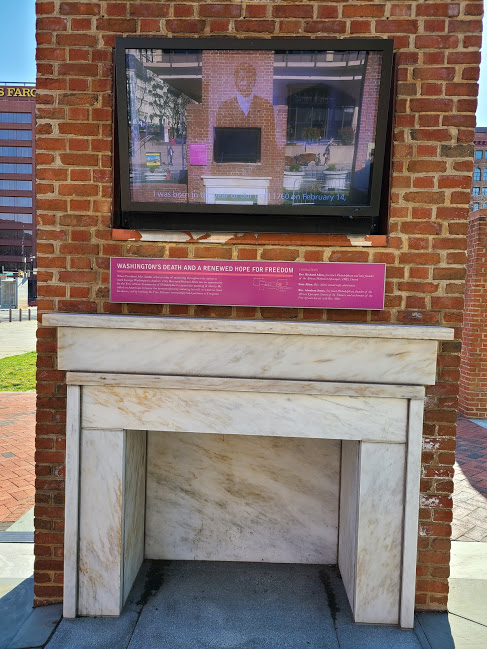
Richard Allen was born into slavery. He was eventually purchased his freedom by working as both a wood splitter and brick maker. He was a wagon driver during the Revolutionary War. Also, he was a preacher, delivering sermons to both Black and white audiences during the war.
When he returned to Philadelphia after the war, he had dreams of beginning an all Black church given the heinous prejudice that Blacks faced. A Yellow Fever pandemic put those plans on hold.
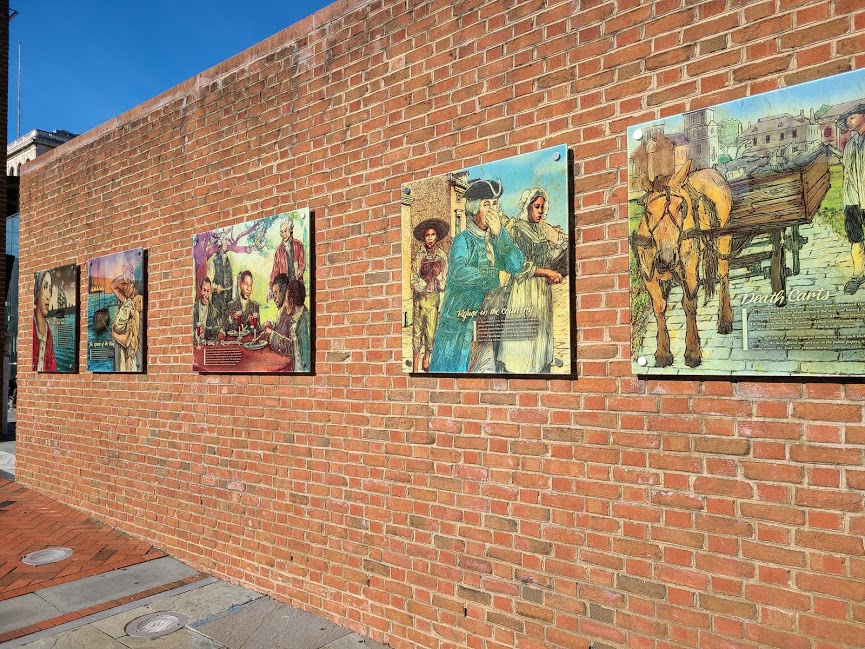
Reports of the time stated that the African American community did nothing to help the efforts to stop the spread of the disease. But thanks to Allen’s writings of the time, we know that this is untrue. In fact, Richard Allen himself worked tirelessly, alongside Absalom Jones, to organize African Americans in the community to fight the Yellow Fever spread.
Following the epidemic, Richard Allen’s dream of an all Black church finally came to fruition in the form of Mother Bethel — the first African Methodist Episcopal Church. Beyond that he was an activist who opened a school for African American children and he also began the Free African Society. It was the first social organization of its kind in the city. Allen was a prolific writer and a powerful speaker.
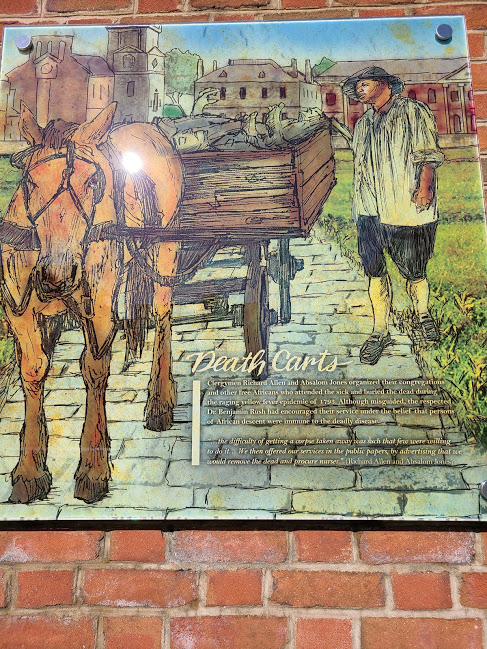
Ona Judge.
In the President’s House, I also encountered Ona Judge whose story is especially captivating. She was a slave in the Washington household at Mount Vernon and tended mostly to Martha Washington. Pennsylvania, as you know by now, was a free state. And the Washingtons ‘allowed’ Ona Judge to socialize with other free Blacks in Philadelphia. George and Martha highly favored her and felt that she was treated, “especially well.”
Apparently, that didn’t stop them from trying to gift Ona Judge to Martha’s granddaughter who didn’t have a very favorable reputation. One evening, Ona Judge fled from the Washington’s home. Feeling betrayed by her absconding, the two posted a reward for her capture. One version of the story says that Martha felt that she had been kidnapped and was not trying to escape and that’s why Martha pursued finding her.
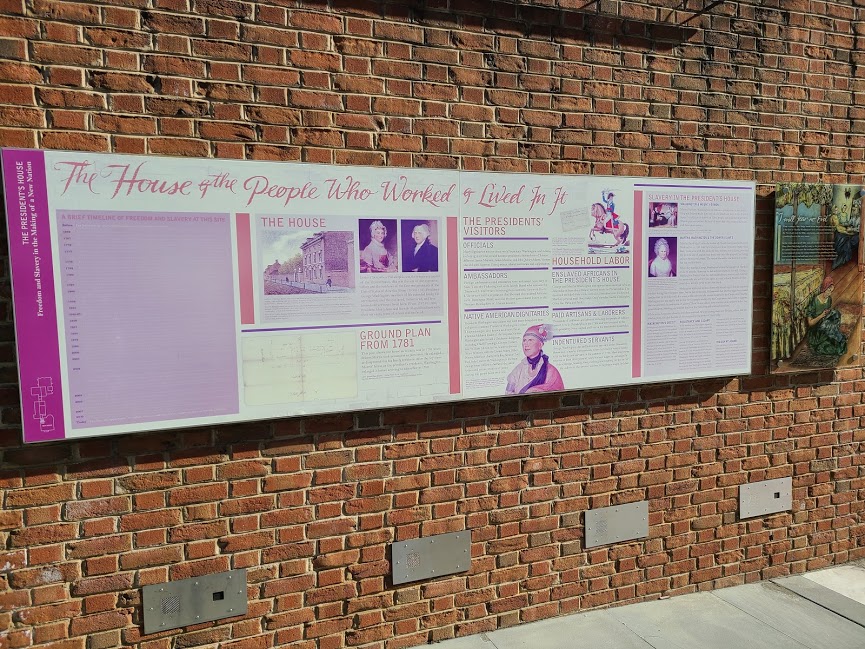
Ona Judge fled to New Hampshire and lived in poverty due to her husband and two out of three children perishing at various points during her time there. She could not truly live as a free person of color. Because technically she was a resident of Virginia (a slave state.)
Due to the Fugitive Slave Law that Washington signed, she would have been returned to him and to enslavement. When she was older, an Abolitionist newspaper interviewed her. Apparently, she stated in reflection of her life that living as a fugitive in New Hampshire was preferable to living as a ‘favored’ slave in the Washington household. She also said that she had no regrets about leaving.
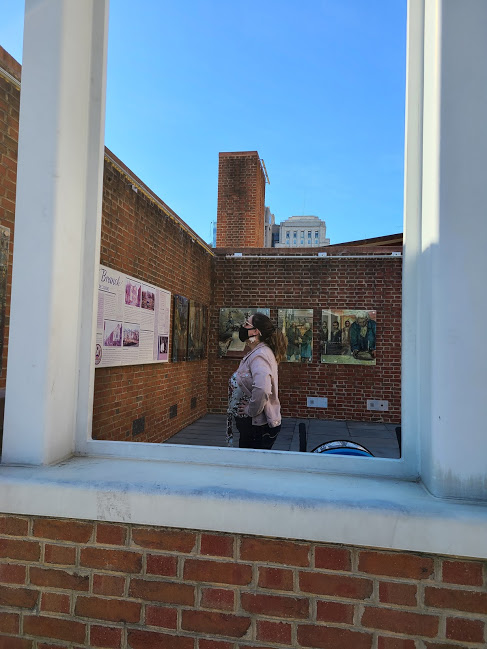
Final Thoughts.
I think that I learned so much from the President’s House because I was open and receptive. I’m of the mind that all American history is history that I should educate myself on.
I also just enjoy learning. There are some people who will not touch a museum, ANY museum. Even if it was the Museum of Free Money.
I think that I should issue a word of caution, the museum is very text heavy. Also, I don’t think it’s fair to say that people who don’t want to spend an hour reading plaques on vacation must “not be open to learning.” However, being as the place is open 24/7…I can see why they wouldn’t put rare, antique, items on display here.
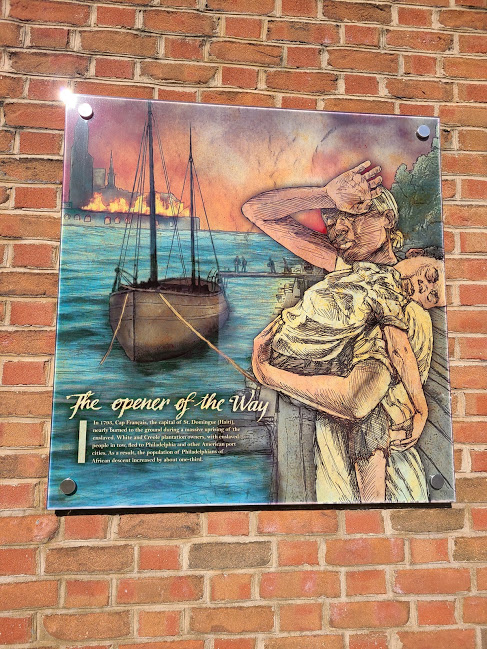


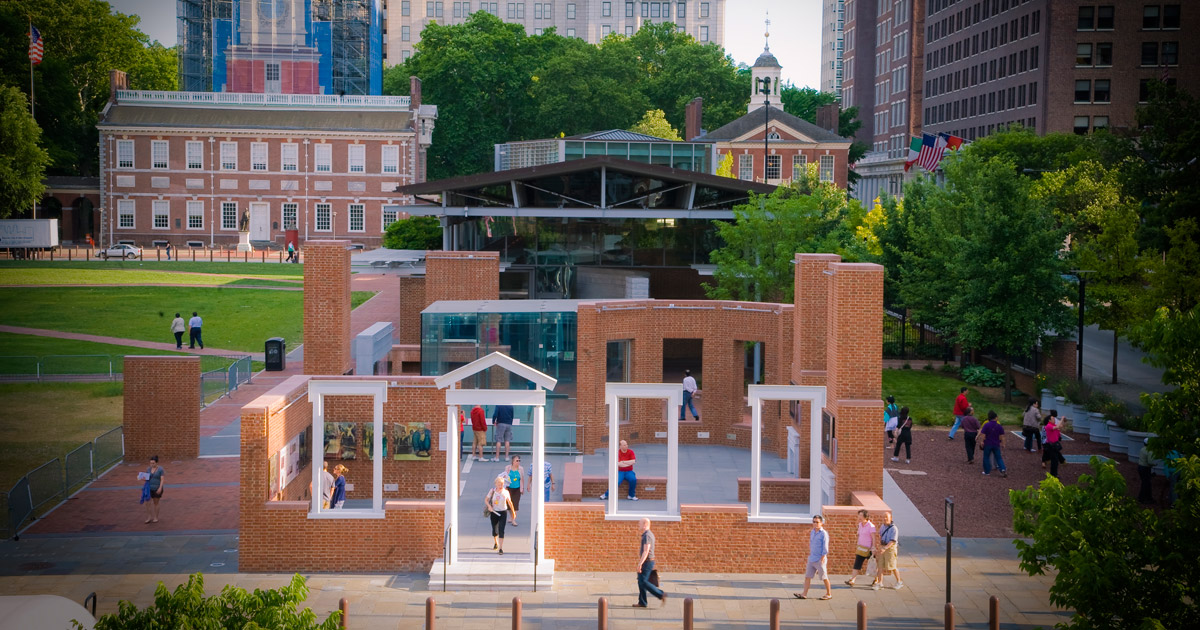

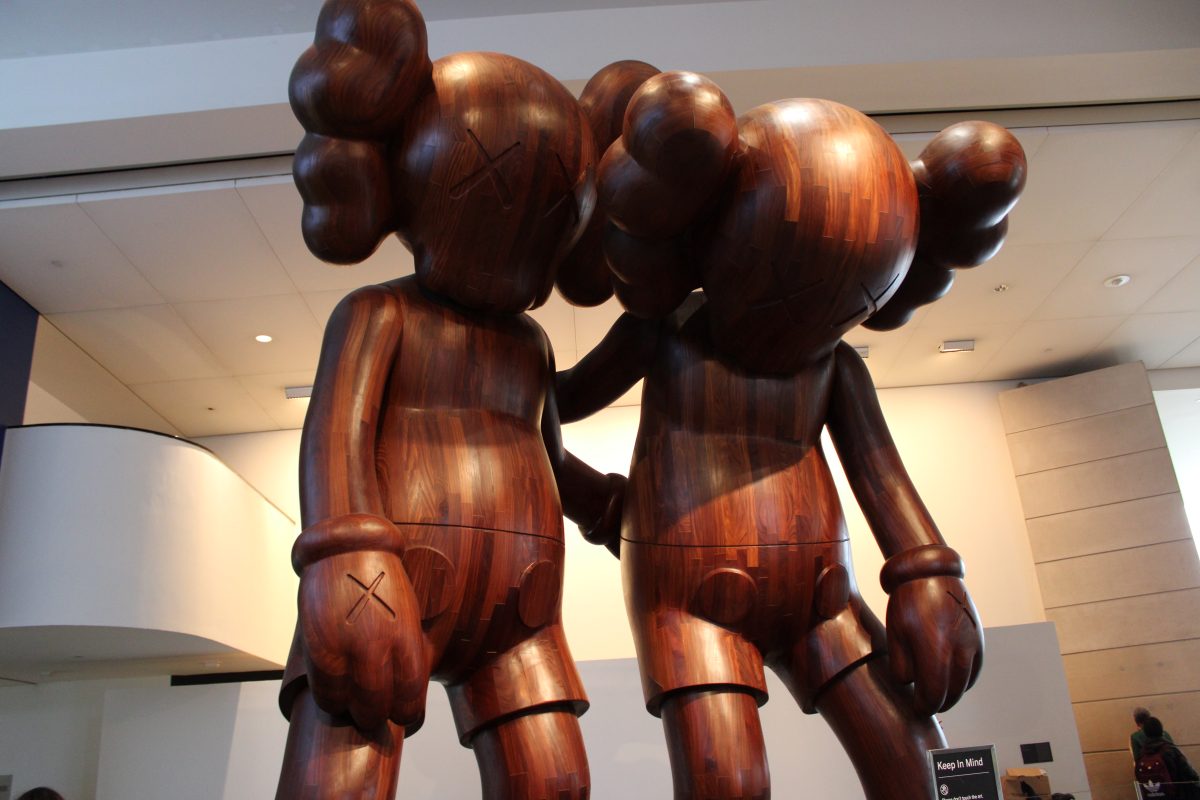
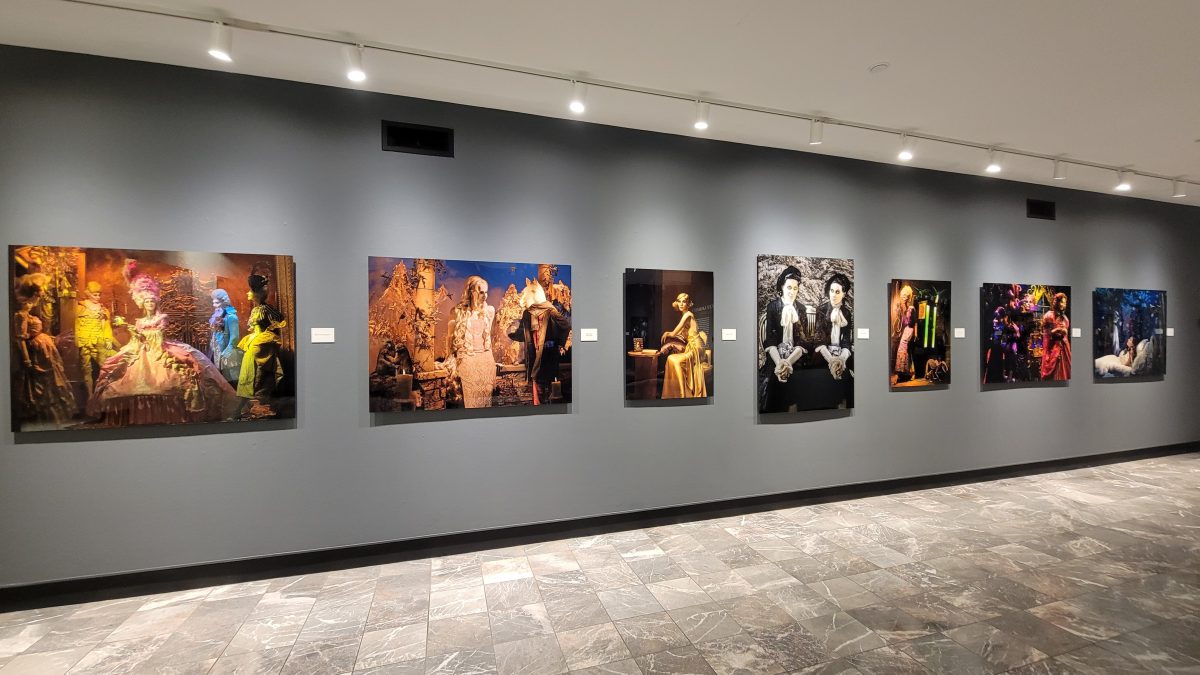
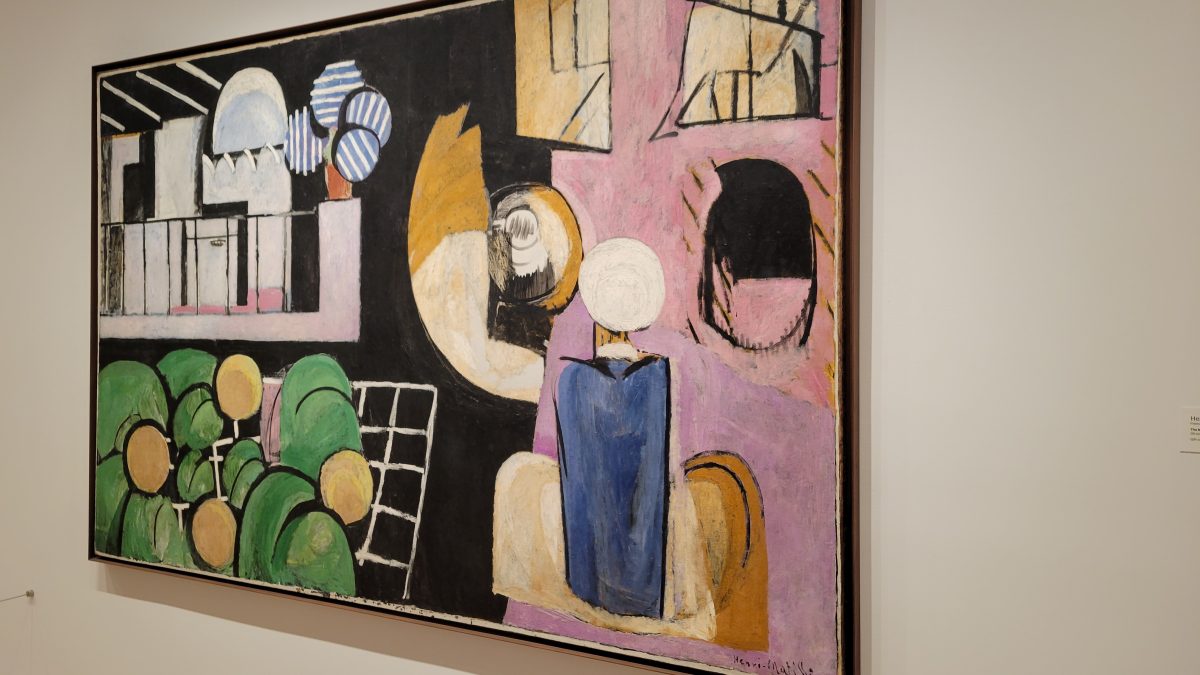
0 comment